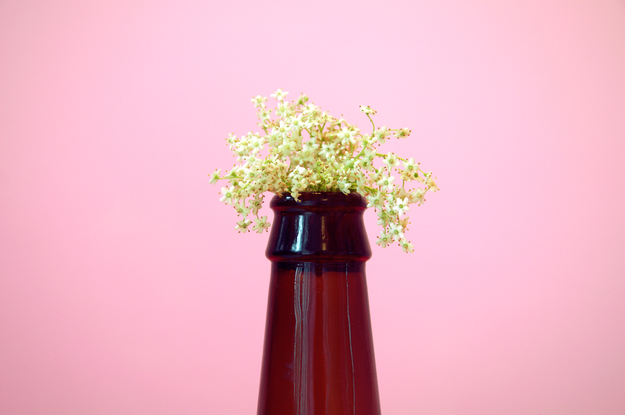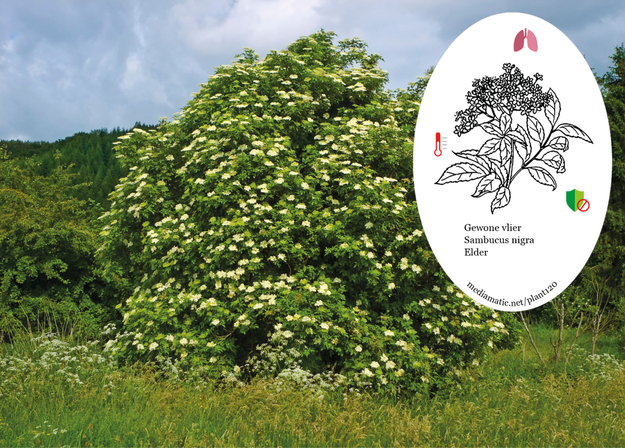Picture this, you are sitting outside on a hot summer day. Not a cloud in the sky and you feel the sun on your skin. You raise your glass to take a sip of refreshing elderflower champagne. Well yeah, I know you don't have this drink yet, but with this guide, we'll sort that out.
Elderflower champagne is made with the flowers of the elderberry shrub (Sambucus nigra or S. canadensis). This beverage is a naturally bubbly, slightly alcoholic with a delicate taste.
Note: I do have to mention that this beverage is technically not the same as champagne since it doesn't incorporate the grapes that are used for champagne. However, the drink has been called elderflower champagne for many generations. Hence my use of the term.
Recipe
What you need:
- 7 to 8 large (15cm or so diameter) elderflowers (or double that of smaller elderflower clusters)
- 1L boiling hot water (filtered or non-chlorinated)
- 3L cold water (filtered or non-chlorinated)
- 450g honey or 700g sugar
- 3cL cider vinegar (or 2 large lemons–juice and rind–plus 2 tablespoons cider vinegar)
Round 1: The first fermentation
- Gather the ingredients. When plucking elderflower clusters, make sure they still contain yeast by looking if they are nice and white as well as yellow on the inside.
- Do not wash the elderberry flowers. It is their natural yeasts that will cause fermentation. Just shake off any insects and remove the thick stalks.
- Place the honey or sugar in a very large bowl and pour in the 1L of boiling water. Stir until the honey or sugar has completely dissolved.
- Add the 3L of cold water. Stir in the vinegar or lemon juice and the elderberry flowers.
- Cover with a clean dishtowel and let the mixture sit at room temperature for 48 hours, stirring at least twice a day. By the end of these two days, you should see signs of fermentation: the top of the liquid will look frothy and bubbly, especially when you stir it. If the fluid is completely still after 48 hours, add a very small pinch (just a few grains) of wine or baking yeast and wait another 48 hours. Occasionally stir your brew, before proceeding to the next step.
Round 2: The second fermentation
- Pour the fermenting elderflower champagne through a finely meshed sieve to strain out the flowers (and lemon rind, if using). Use a funnel to help transfer the brew into clean plastic soda-type bottles with screw tops or thick ceramic or beer bottles with flip tops. Do not use corked wine bottles because elderflower champagne is quite capable of popping out the corks or worse—exploding the bottles. Leave at least an inch of headspace between the surface of the liquid and the rims of the bottles. Secure the tops.
- Leave at room temperature for a week. Open the bottles briefly at least once a day. After the week at room temperature, move them to the refrigerator, but keep opening the bottles occasionally for another week.
- Enjoy!
Tips:
- Serve it chilled for a unique and refreshing drink on hot summer evenings.
- Elderflower champagne will keep in the refrigerator for several months.
- The earlier you drink it, the yeastier it will taste. Wait at least two weeks from bottling if you want it at its best.
- During the second fermentation, you can add other materials. For example Sichuan flower or Begonia.


